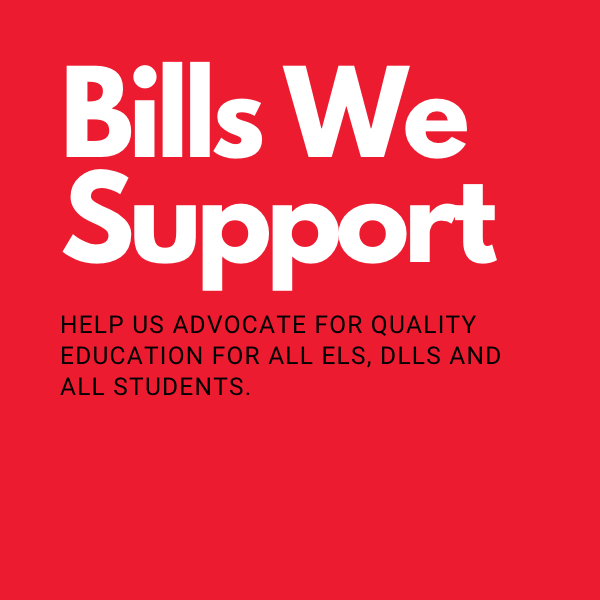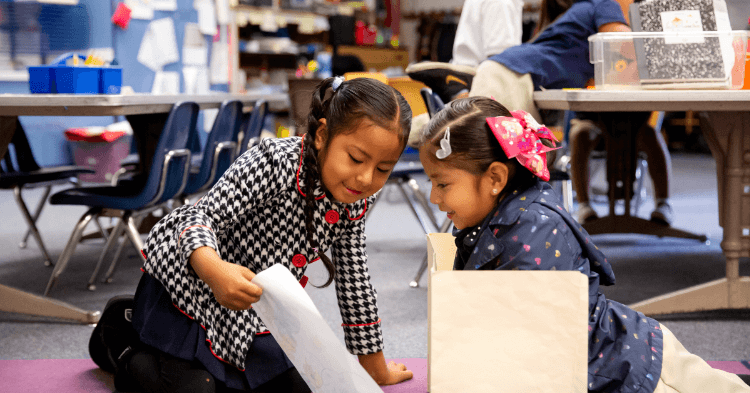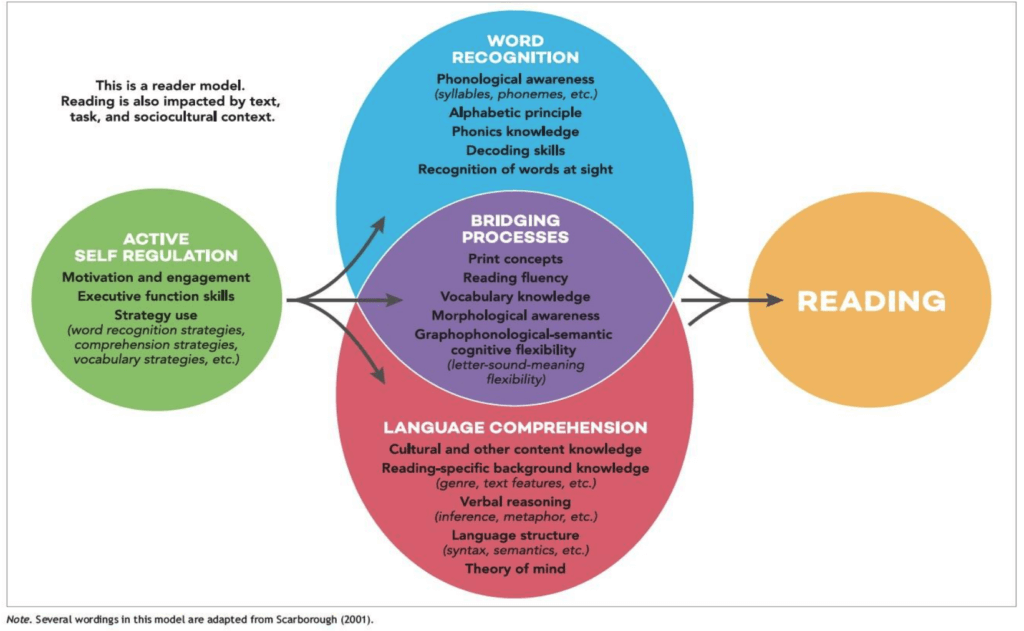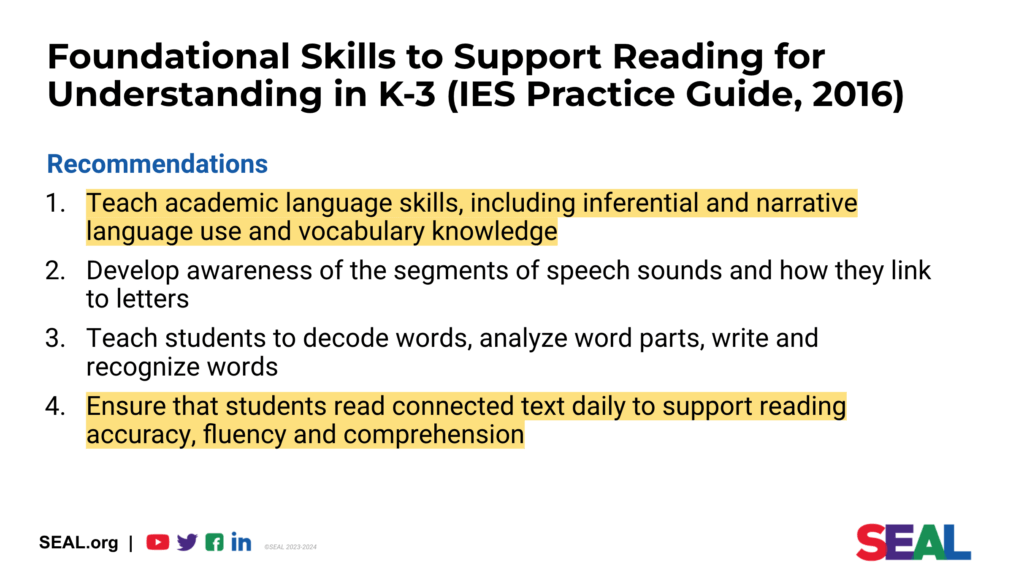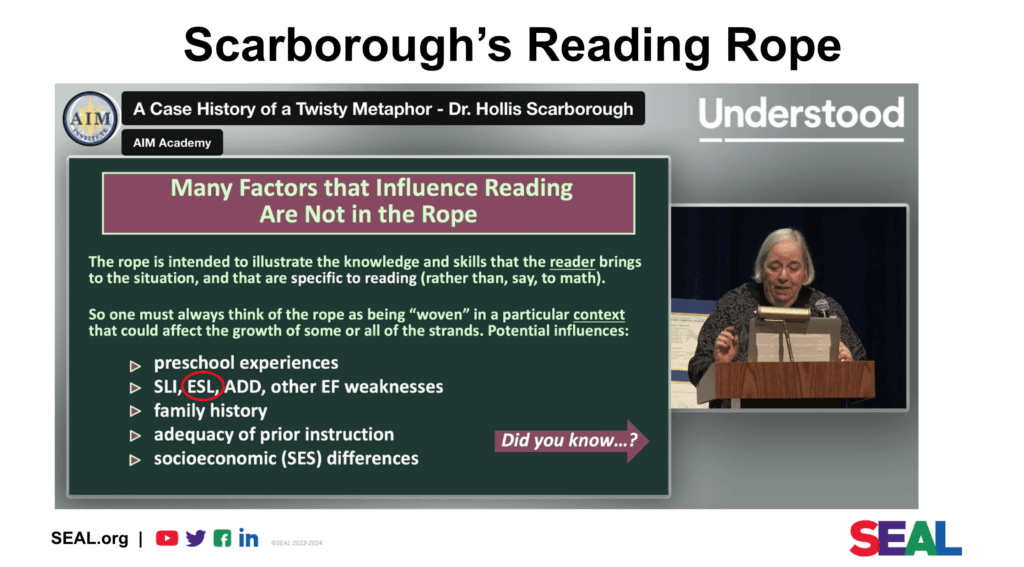Policy and Advocacy: Bills We Support
Nancy Peng2023-05-10T16:24:39-07:00Help us advocate for quality education that prepares all English Learners, Dual Language Learners and all students learn, thrive and lead. Be informed. Share. Contact your state representative today.
AB 370 (Addis) –Pupil instruction: State Seal of Biliteracy.
Co-sponsored by California Association for Bilingual Education (CABE) and Californians Together
Would change the criteria needed to be met by a pupil to be awarded the State Seal of Biliteracy by requiring the pupil to both demonstrate proficiency in English by meeting one of 4 specified requirements and demonstrate proficiency in one or more languages other than English by meeting one of 3 specified requirements. (Based on 03/30/2023 text)
AB 393 (Rivas) – Childcare: dual language learners.
Co-sponsored by California Association for Bilingual Education (CABE), Early Edge California and Californians Together
AB 393 builds on AB 1363, which created an asset-based approach for identifying DLLs in California’s State Preschool Program (CSPP), aligning with recommendations from the Governor’s Master Plan for Early Learning and Care for supporting DLLs and making California the first state in the nation to implement such a process. AB 393 expands the asset-based DLL identification process established through AB 1363 to general child care programs (CCTR) and the Migrant Child Care Program (CMIG). Would require the Director of Social Services to develop procedures for general or migrant childcare and development contractors to identify and report data on dual language learners enrolled in a general childcare and development program or migrant childcare and development program, as specified, and requires the director to develop informal directives and adopt regulations to implement these provisions. The bill would require the Superintendent and the director to coordinate their efforts in developing the procedures for the dual language learner data collection and reporting. (Based on 02/02/2023 text)
AB 714 (McCarty) – Pupil instruction: newcomer pupils: curriculum frameworks: high school coursework and graduation requirements: exemptions and alternatives.
Sponsored by Californians Together
Would, subject to an appropriation of funds for its purposes, require the State Department of Education, in consultation with the State Department of Social Services, to (A) develop and issue guidance regarding requirements, best practices, and available state and federally funded programs for newcomer pupils, (B) publicly report on an annual basis on its internet website the enrollment and performance of newcomer pupils, as provided, and (C) maintain at least one position dedicated to supporting local educational agencies, including charter schools, in serving newcomer pupils, as provided. (Based on 03/30/2023 text)
AB 1106 (Soria) – PK-3 early childhood education specialist credential: grant program.
Co-sponsored by Education Trust – West and Children Now
Current law requires the Commission on Teacher Credentialing to award planning grants of up to $250,000 each to regionally accredited institutions of higher education to develop plans for the creation of integrated programs of professional preparation that lead to more credentialed teachers with an emphasis on identified shortage fields, as provided. Current law requires the commission to also award implementation or expansion grants of up to $500,000 each for regionally accredited institutions of higher education to develop new programs of professional preparation or to establish a new partnership with a California community college, as provided. This bill would, separate from those grants, require the commission to develop and implement a program to award, on a competitive basis, planning grants of up to $250,000 each to regionally accredited institutions of higher education for the development of plans to guide the creation of programs of professional preparation, and implementation grants of up to $500,000 each to regionally accredited institutions of higher education for the implementation of programs of professional preparation, that lead to more credentialed teachers obtaining the PK-3 Early Childhood Education Specialist Credential, as provided. (Based on 03/30/2023 text)
AB 1127 (Reyes) – Teachers: professional development: Bilingual Teacher Professional Development Program.
Co-sponsored by California Association for Bilingual Education (CABE), Californians Together and Superintendent of Public Instruction Tony Thurmond
AB 1127 would provide that it is also the purpose of the grant program to increase bilingual teachers in multiple languages to staff bilingual classrooms, such as Spanish, Vietnamese, Mandarin, Cantonese, Tagalog, and Arabic classrooms, and other languages, as represented in instructional programs. The bill would require the department to meet quarterly with grant recipients to share promising practices and resources, and to resolve issues of implementation. The bill would instead require grant recipients to report specified information related to the program to the department by January 1, 2029, and would revise the project performance period to January 1, 2024, to June 30, 2029, inclusive.

